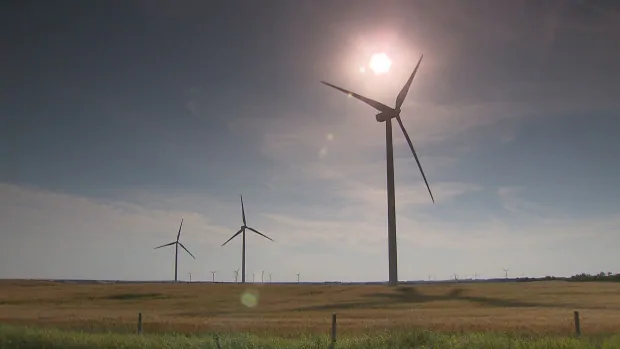An independent task force made up of experts in financial and environmental policy is calling on Ottawa to spend $55 billion over five years on clean energy and measures to cope with climate change to kick-start a Canadian economy stalled by the global pandemic.
A large portion of that sum — $27.25 billion — should be spent on retrofitting existing buildings to make them more energy-efficient and safer from the effects of climate change, says the final report of the Task Force for a Resilient Recovery, released today.
The group said the investment would boost the country’s largest private sector industry by creating construction jobs, while also tackling the 13 per cent portion of Canada’s carbon emissions that comes from buildings and helping taxpayers cut their energy bills.
“That’s where you get the most jobs with the least amount of public investment,” said Bruce Lourie, task force member and president of the Ivey Foundation, a Toronto-based organization that promotes sustainable development.
The task force came together in May and its 14 members include some former top political advisers — including Gerald Butts, ex-principal secretary to the prime minister, and former advisers to B.C. Premier John Horgan and Ontario Premier Doug Ford.
Its proposals also include new investments in clean energy, such as hydrogen, and increased production and promotion of zero-emission vehicles.
Lourie said many of the report’s ideas are “so straightforward” he can’t see why the federal government wouldn’t adopt them.
At a two-day cabinet retreat this week, Environment Minister Jonathan Wilkinson said that while Canadians are “looking to us” to build “resilience” against the impacts of climate change, the government’s “primary focus is on ensuring that we’re supporting Canadians through this pandemic.”
The task force is making the argument that restarting the economy and a green recovery are not mutually exclusive.
The coming stimulus
“In Canada, whenever people hear ‘green’, they think it’s some marginal little thing that environmentalists talk about,” said Lourie. “But the reality is the world is moving to clean energy. The world is moving to electric vehicles and Canada is falling behind.
“In this country, we have to get over this divisiveness and the idea that somehow climate change is some airy-fairy idea out there, when really it’s core to our future competitiveness.”
Another task force member, longtime investment banker and sustainable finance expert Andy Chisholm, said the Liberals have signalled they will need to inject large amounts of stimulus cash into the economy.
Canada needs stimulus measures that “put us on a path for job recovery that is more sustainable over time because it plays into where the world is going,” Chisholm said.
“If you’re going to spend an enormous amount of money on stimulus going forward, then you should be trying to solve future issues and build long-term competitiveness and sustainability into your economy, so that you have the greatest impact and longest-lasting impact, rather than simply trying to restore the situation to what it was a year ago, while the world is moving on.”
Deputy Prime Minister and Finance Minister Chrystia Freeland said Tuesday that while the ongoing fight against the pandemic remains the federal government’s top priority, any recovery plan will contain green elements.
“I also spoke about the absolute priority that we place on jobs and growth and green jobs are absolutely going to be a part of our recovery,” Freeland said.

Devoted web advocate. Bacon scholar. Internet lover. Passionate twitteraholic. Unable to type with boxing gloves on. Lifelong beer fanatic.





